Thermally and Optically Stimulated Luminescence —— A Simulation Approach
----- 热和光释光:模拟方法
About the Authors . Preface. Acknowledgements. 1 Introduction. 1.1 The Physical Mechanism of TL and OSL Phenomena. 1.2 Historical Development of TL and OSL Dosimetry. 1.3 Historical Development of Luminescence Models. 2 Theoretical Basis of Luminescence Phenomena. 2.1 Energy Bands and Energy Levels in Crystals. 2.2 Trapping Parameters Associated with Impurities in Crystals. 2.3 Capture Rate Constants. 2.4 Thermal Equilibrium. 2.5 Detailed Balance. 2.6 Arrhenius Model. 2.7 Rate Equations in the Theory of Luminescence. 2.8 Radiative Emission and Absorption. 2.9 Mechanisms of Thermal Quenching in Dosimetric Materials. 2.10 A Kinetic Model for the Mott Seitz Mechanism in Quartz. 2.11 The Thermal Quenching Model for Alumina by Nikiforov et al. 3 Basic Experimental Measurements. 3.1 General Approach to TL and OSL Phenomena. 3.2 Excitation Spectra. 3.3 Emission Spectra. 3.4 Bleaching of TL and OSL. 4 Thermoluminescence: The Equations Governing a TL Peak. 4.1 Governing Equations. 4.2 One Trap-One Recombination Center (OTOR) Model. 4.3 General-order Kinetics. 4.4 Mixed-order Kinetics. 4.5 Q and P Functions. 4.6 Localized Transitions. 4.7 Semilocalized Transition (SLT) Models of TL. 5 Basic Methods for Evaluating Trapping Parameters. 5.1 The Initial-rise Method. 5.2 Peak-shape Methods. 5.3 Methods of Various Heating Rates. 5.4 Curve Fitting. 5.5 Developing Equations for Evaluating Glow Parameters. 5.6 The Photoionization Cross Section. 6 Additional Phenomena Associated with TL. 6.1 Phosphorescence Decay. 6.2 Isothermal Decay of TL Peaks. 6.3 Anomalous Fading and Anomalous Trapping Parameters of TL. 6.4 Competition Between Excitation and Bleaching of TL. 6.5 A Model for Mid-term Fading in TL Dating Continuum of Traps. 6.6 Photo-transferred Thermoluminescence (PTTL). 6.7 TL Response of Al2O3:C to UV Illumination. 6.8 Dependence of the TL Excitation on Absorption Coefficient. 6.9 TL Versus Impurity Concentration Concentration Quenching. 6.10 Creation and Stabilization of TL Traps During Irradiation. 6.11 Duplicitous TL Peak due to Release of Electrons and Holes. 6.12 Simulations of the Duplicitous TL Peak. 7 Optically Stimulated Luminescence (OSL). 7.1 Basic Concepts of OSL. 7.2 Dose Dependence of OSL Basic Considerations. 7.3 Numerical Results of OSL Dose Dependence. 7.4 Simulation of the Dose-rate Dependence of OSL. 7.5 The Role of Retrapping in the Dose Dependence of POSL. 7.6 Linear-modulation OSL (LM-OSL). 7.7 Unified Presentation of TL, Phosphorescence and LM-OSL. 7.8 The New Presentation of LM-OSL Within the OTOR Model. 7.9 TL-like Presentation of CW-OSL in the OTOR Model. 7.10 Dependence of Luminescence on Initial Occupancy OTOR Model. 7.11 TL Expression Within the Unified Presentation. 7.12 Pseudo LM-OSL and OSL Signals under Various Stimulation Modes. 7.13 OSL Decay and Stretched-exponential Behavior. 7.14 Optically Stimulated Exoelectron Emission. 7.15 Simulations of OSL Pulsed Annealing Techniques. 8 Analytical and Approximate Expressions of Dose Dependence of TL and OSL. 8.1 General Considerations. 8.2 Competition During Excitation. 8.3 Competition During Heating. 8.4 The Predose (Sensitization) Effect. 8.5 Sensitization and De-sensitization in Quartz. 8.6 Dose-rate Dependence. 8.7 Sublinear Dose Dependence of TL and LM-OSL in the OTOR System. 8.8 Dose-dependence and Dose-rate Behaviors by Simulations. 8.9 Simulations of the Dose-rate Effect of TL. 8.10 Nonmonotonic Dose Dependence of TL and OSL. 8.11 Nonmonotonic Dose Dependence of TL Simulations. 8.12 Nonmonotonic Effect of OSL Results of Simulations. 9 Simulations of TL and OSL in Dating Procedures. 9.1 The Predose Effect in Quartz. 9.2 Simulation of Thermal Activation Characteristics in Quartz. 9.3 The Bailey Model for Quartz. 9.4 Simulation of the Predose Dating Technique. 9.5 The Single Aliquot Regenerative Dose (SAR) Technique. 9.6 Thermally Transferred OSL (TT-OSL). 10 Advanced Methods for Evaluating Trapping Parameters. 10.1 Deconvolution. 10.2 Monte-Carlo Methods. 10.3 Genetic Algorithms. 10.4 Application of Differential Evolution to Fitting OSL Curves. 11 Simultaneous TL and Other Types of Measurements. 11.1 Simultaneous TL and TSC Measurements Experimental Results. 11.2 Theoretical Considerations. 11.3 Numerical Analysis of Simultaneous TL-TSC Measurements. 11.4 Thermoluminescence and Optical Absorption. 11.5 Simultaneous Measurements of TL and ESR (EPR). 11.6 Simultaneous Measurements of TL and TSEE. 12 Applications in Medical Physics. 12.1 Introduction. 12.2 Applications of Luminescence Detectors in Medical Physics. 12.3 Examples of in-vivo Dosimetric Applications. 12.4 Radioluminescence. 13 Radiophotoluminescence. 13.1 Development and Use of RPL Materials. 13.2 The Simplest RPL Model. 14 Effects of Ionization Density on TL response. 14.1 Modeling TL Supralinearity due to Heavy Charged Particles. 14.2 Defect Interaction Model. 14.3 The Unified Interaction Model. 15 The Exponential Integral. 15.1 The Integral in TL Theory. 15.2 Asymptotic Series. 15.3 Other Methods. Previous Books and Review Papers. Appendix A Examples. A.1 Simulation of OSL Experiments Using the OTOR Model. A.2 Simulation of OSL Experiments Using the IMTS Model. A.3 Simulation of TL Experiment Using the Bailey Model. References. Author Index. Subject Index.
{{comment.content}}
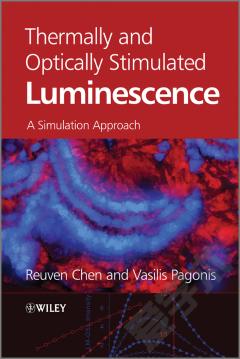
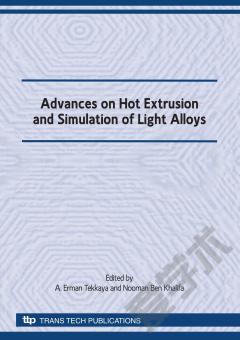

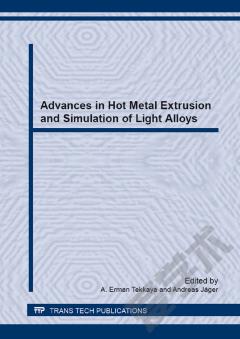
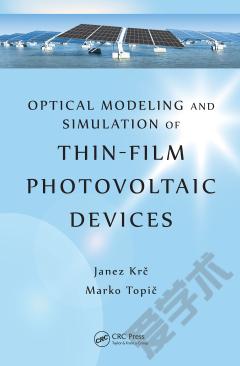
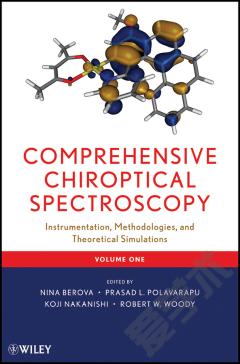
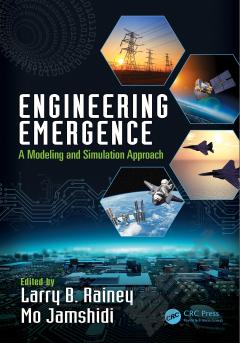

 京公网安备 11010802027623号
京公网安备 11010802027623号